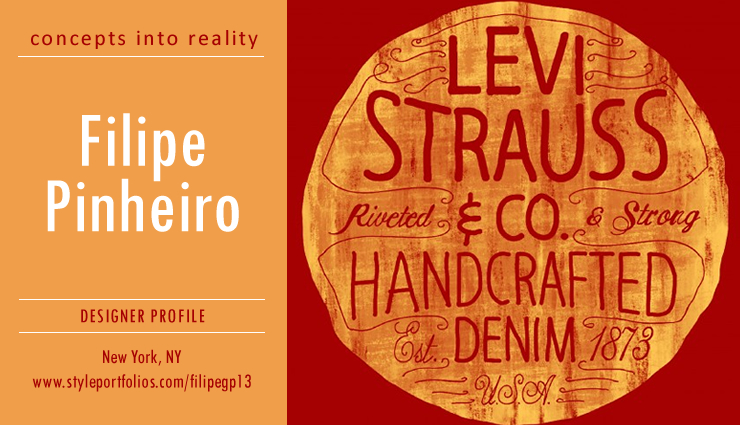
DESIGNER PROFILE – FILIPE PINHEIRO
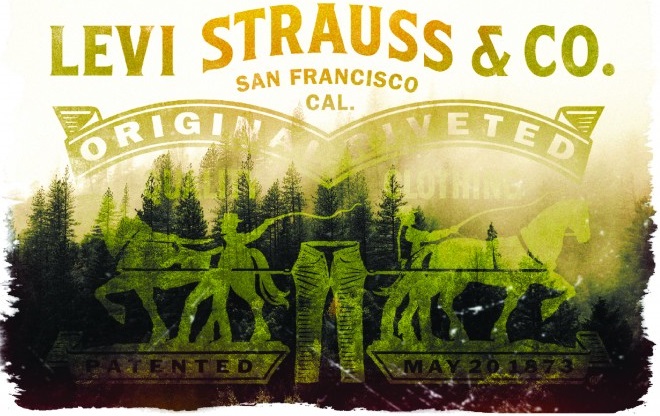
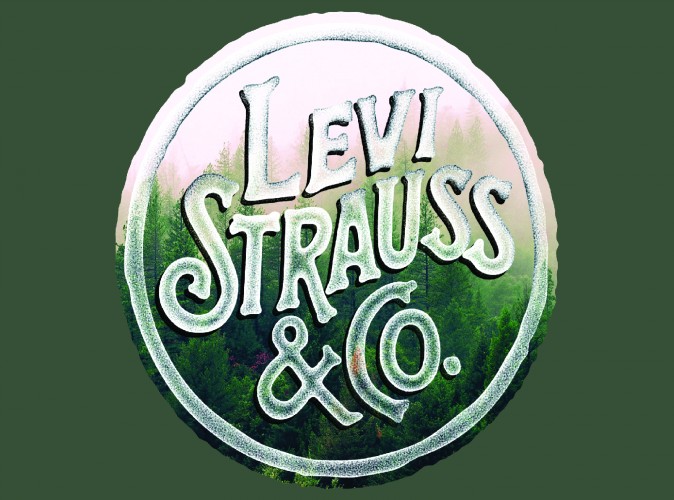
What should everyone know about you?
FP: I’m a fashion designer and graphic apparel artist with most experience in the Young Men’s market and Boys market. I have a background in Advertising Art Direction in Brazil and also Menswear Design from F.I.T. NYC.
How would you describe what you do?
FP: I interpret the cultural Zeitgeist of the moment into fashion in a practical and approachable manner to turn out products that perform and hopefully connect and possibly positively impact people.
Why did you choose to be a designer?
FP: It was more of a calling than a decision. I have always intuitively known that I had forecasting abilities in fashion, I would see things in my head before they actually manifested in the market. Sometimes I didn’t even take it seriously cause they were so out of my reality in Brazil, but after living in London and then moving to NY I realized that those ideas were not so unreal and I decided to pursue that feeling I needed to do something about those ideas.
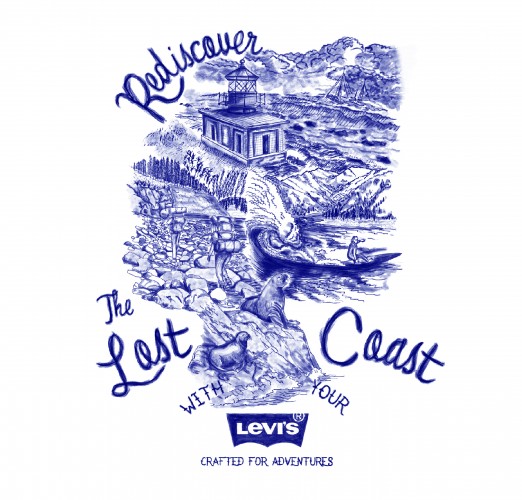
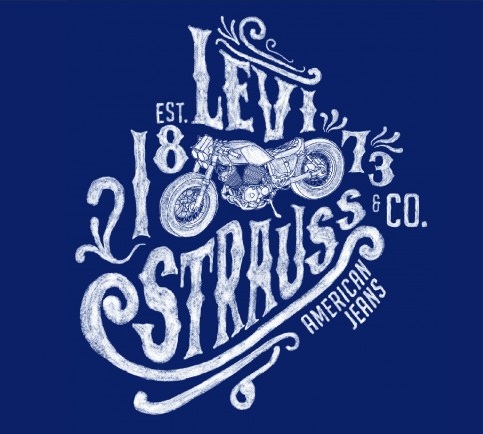
What steps did you take to become a designer?
FP: Simply applied to the Fashion Institute of Technology in NY and was accepted and became really invested in learning the craft.
Best/Most Challenging part of your job?
FP: The best is to actually manifest ideas and concepts into reality and have other people not only have access to it but also feel good about wearing it. The most challenging right now is the fact that fashion seems to be more and more swallowed by only the mass market mentality both from the corporate end & the consumer end. The perception of value of products has drastically changed into the direction of disposable looks and cost engineering rules. Even the people/brands who used to pride themselves of the craftsmanship of their products and integrity of their vision is being forced to enter the same game. Its harder and harder to be and independent designer and make things in a small production scale and not have that cost a fortune that seems outlandish for a market already used to shop for disposable fashion.
If you weren’t a designer what would you be?
FP: Not sure! But there is an idea in my head of a craftsmanship center where people of different crafts and creative interests trade their skills amongst each other for the simple pleasure of learning other crafts. A non monetary trading system, the only things traded are time and experiences amongst each other.
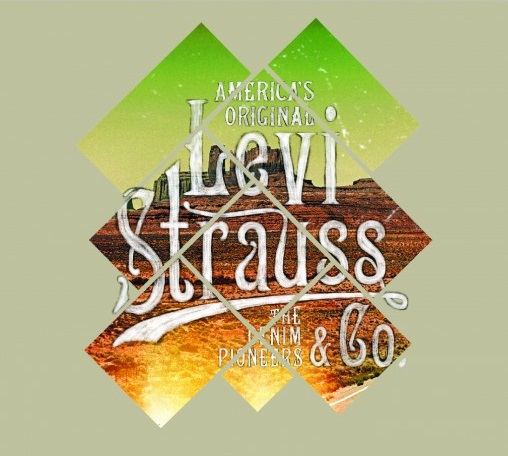
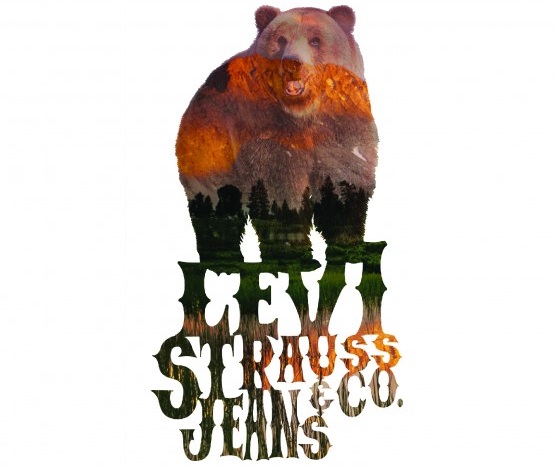
How did you get started in design?
FP: Through the Fashion Institute of Technology
What’s a common misconception people have about what you do?
FP: That working in fashion is a super creative, artsy and fabulous job. It can be I’m sure, but that reality is very limited to very few individuals working in high end collections. Most of the Fashion jobs these days happen in a regular business office and people are highly focused in only one category of products and those products are designed based on sales performance reports, the different opinions and interpretations amongst the executives of what trends and strategies should be pursued, the buyers limitations to forecast tendencies sometimes, the pre existing models of success of the competitors, etc etc and the cost the cost the cost! It’s really product design and not art. It requires artistic talent to do it but really it’s a job in so many ways like many other ones.
really its
What sparked your interest in design?
FP: A necessity to express myself creatively in a economically sustainable way.
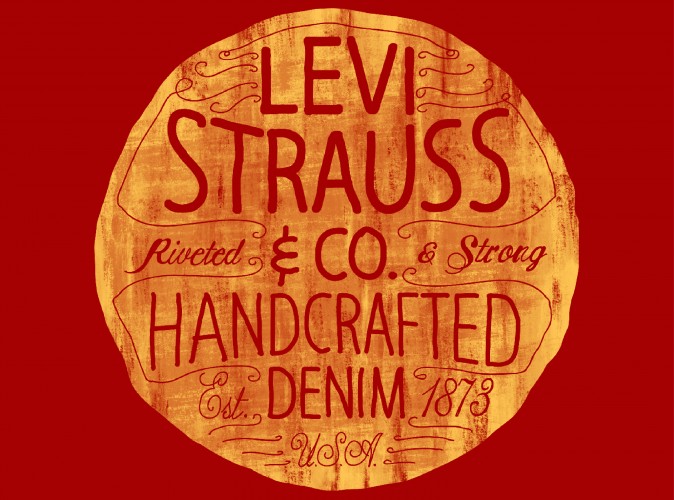
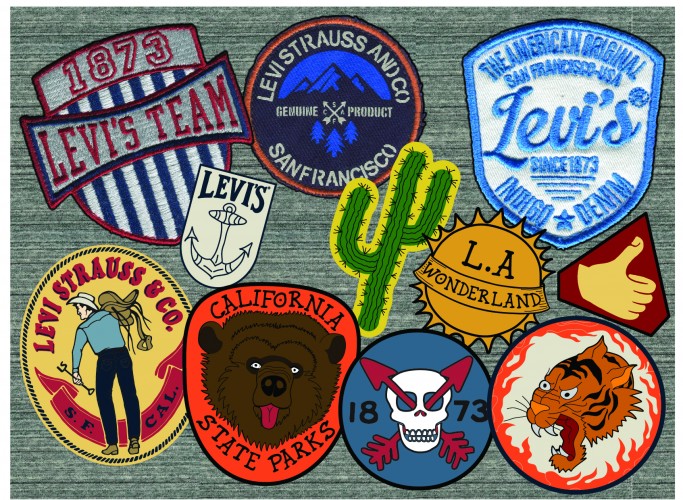
How has your work evolved since you began your career?
FP: I started as a menswear designer with a passion for tailoring and through the professional opportunities I had in the beginning of my career I evolved into a great art collaborator for the collection contributing with prints, embroideries, and appliques for the clothes I was responsible for designing. Every following job has greatly appreciated the fact that I could do both, apparel design and also graphic design and so I became a dual purpose sort of designer until I decided to actually for the first time take on a Graphic Artist position for Levi’s Boys and was focused solely on designing art mostly for prints.
What is the biggest lesson that you have learned since you started your career?
FP: That you will be pigeonholed into a category no matter what. I try to present myself as a creative professional in fashion capable of designing apparel both tops and bottoms as well as a graphic artist capable of designing spot prints, print repeats, embroideries, appliques, trim packages, labeling and packaging. Yet recruiters and companies have to categorize a professional as either a woven tops designer or and cut and sew knits designer etc, and the fact that I chose to dedicate myself to Graphic Art for only 2.5 years of my career when for all the other years I was an apparel designer now all of a sudden they can only see me for a Graphic Artist.
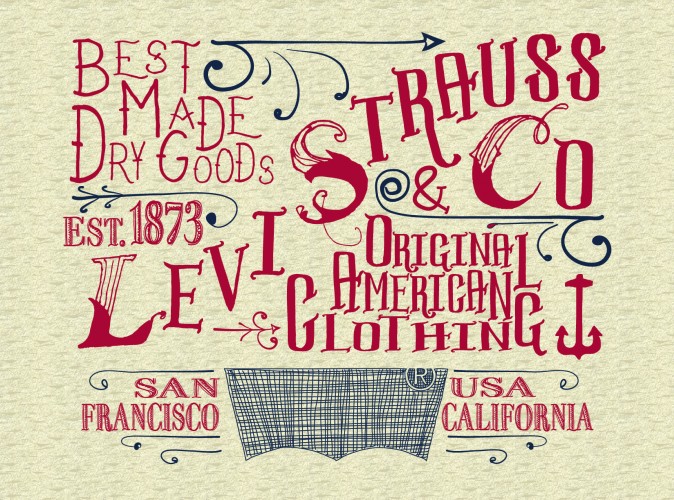
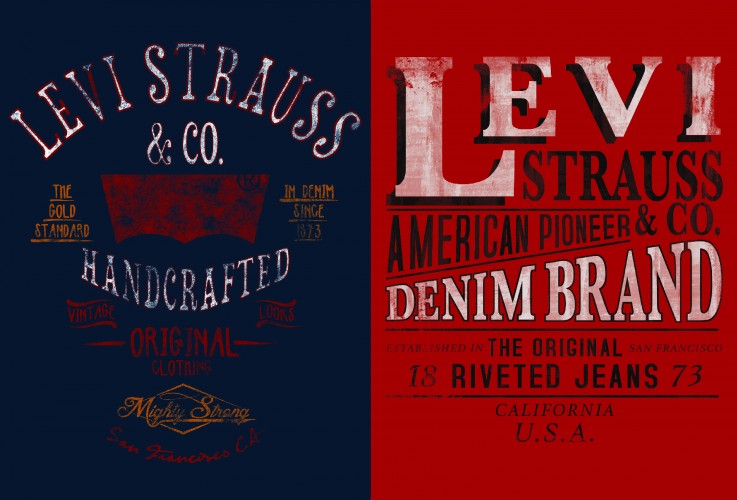
What advice would you give to young designers?
FP: If you can afford to take the time to do what you really want to do in this business vs what you have to do to survive do it. Don’t compromise for as long as you can. I did not have that luxury. I had to hit the ground running after school and make a living on my own. I did have job offers for companies I would have really liked to design for right after school but the salary offers were so low I could not live in NYC with that money. Because even if you can design luxury goods but all of your proven professional experience after as little as 5 years is designing for Target and Walmart in a private label business, for every next job you will be seen and taken for a mass market designer and no luxury goods company will read your resume.
What would you like to achieve before the end of the year?
FP: Get back into designing menswear in combination of using my talent and experience in print design as well.
Are you superstitious or do you have any rules you live by?
FP: I’m not superstitious, I regard that as some type of really fuzzy thinking!
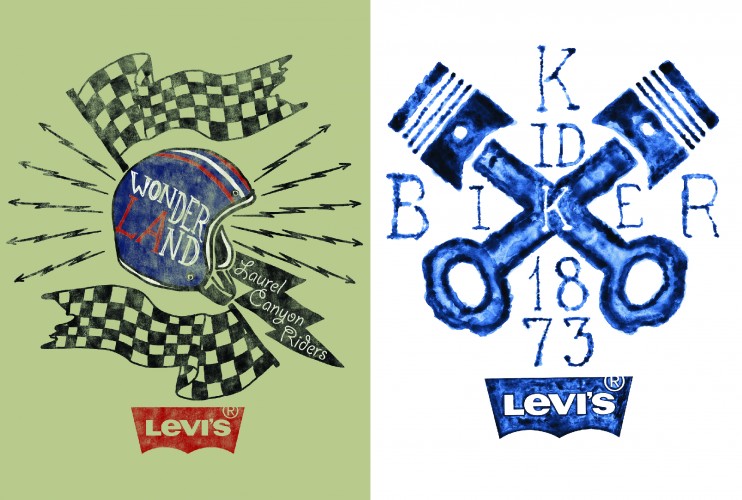
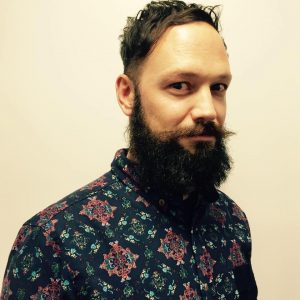
A Menswear Designer and Fashion Graphic Artist which experiences in the young men’s market, boys, juniors and most recently women’s wear. Born and raised in Brazil, I left that country after Advertising College and a brief career as an art director over a decade ago in search of experiences that could enrich me as a human being and go further than a college education. I moved to europe where I traveled a lot and was exposed to amongst other things to a totally different reality in the fashion industry and arts that I was used to growing up. It was extremely enticing to discover new paradigms, new possibilities, new aesthetics and all the nuances that the human behavior gets to communicate through personal style in fashion, cultural backgrounds, and language. I learned how to see the world differently and how to think differently and also that I had an intuitive talent for forecasting tendencies in trends in the world of fashion. I made my way to NY after London in continuation of my global exploration and it was here I decided to stay and take on fashion as a new career. No true adventure comes without struggles, stumbles, wins and losses, but everything brings a lesson imbedded in it. I am still an explorer and will probably forever be, if not physically at least mentally and professionally. I like to tread new territories and face adversity as an adventure because habit seems to be the dull death of the soul. I’d love to find the new project where I can combine my fashion design and graphic design back grounds in a more integrated way than the extremely corporate model where each individual is responsible for a small portion of the creative process. I am currently freelancing fro different companies and looking for the next best suitable position in the industry.
Learn more at: styleportfolios.com/filipegp13
